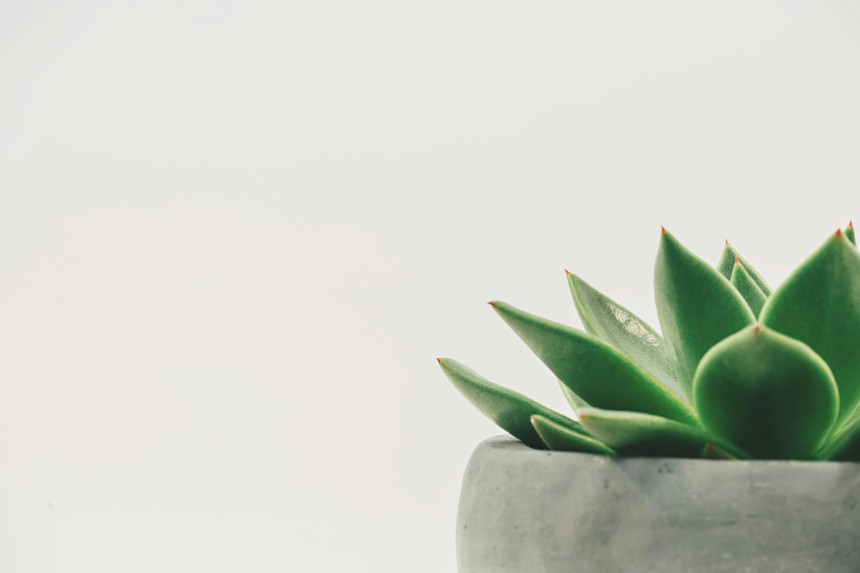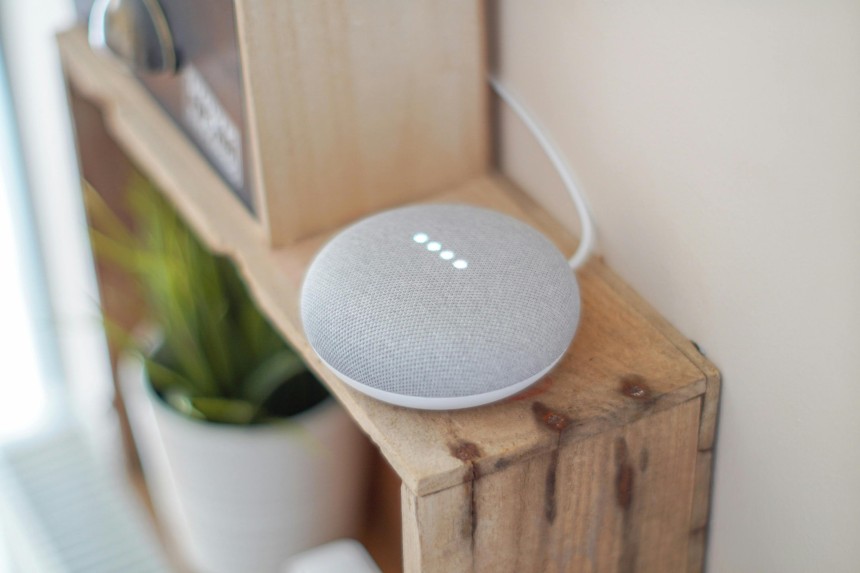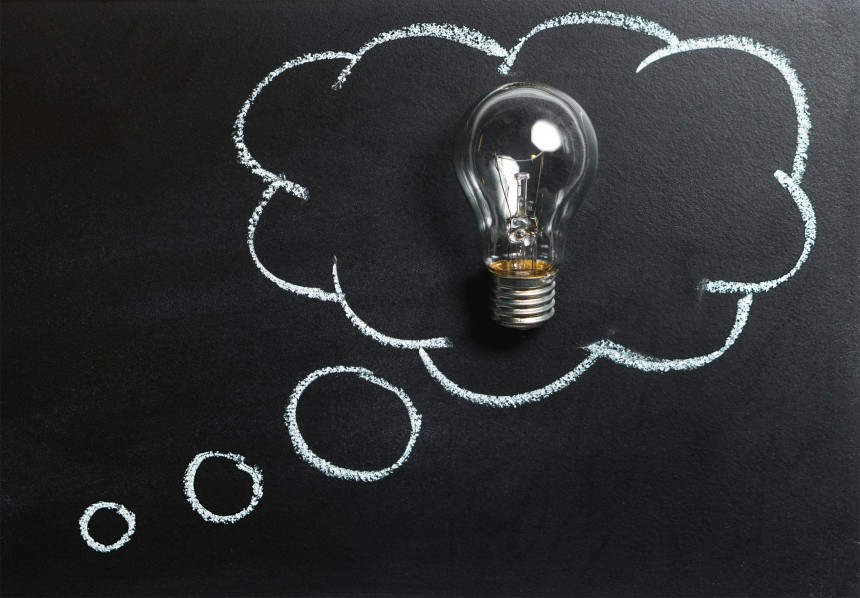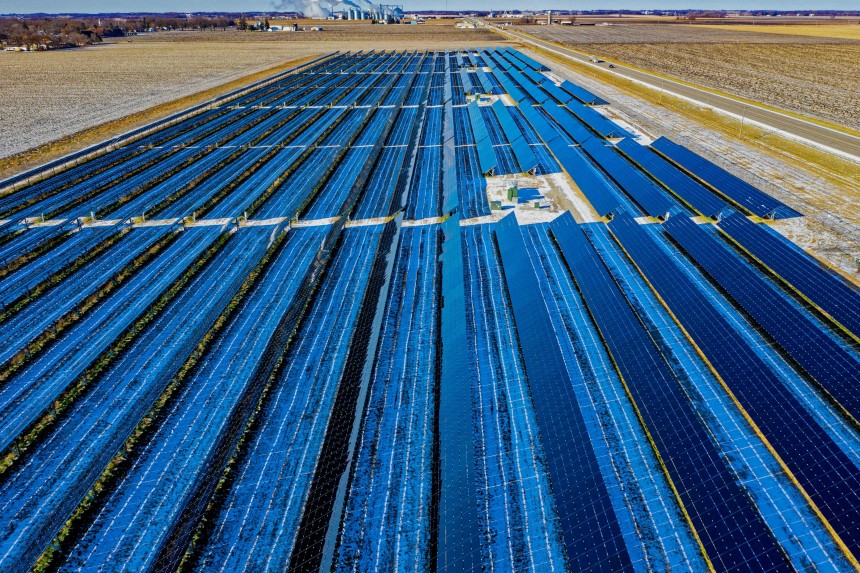
What is Digital Minimalism?
Digital minimalism isn’t just a trendy buzzword—it’s a transformative lifestyle shift that can help you reclaim your time, energy, and peace of mind. In a world where our screens constantly demand attention, reducing digital clutter can lead to increased productivity, improved mental well-being, and even a more balanced life. Imagine transforming endless notifications, overflowing emails, and redundant apps into a streamlined digital ecosystem that truly supports your goals and values.
Over time, digital clutter can feel like a never-ending to-do list in itself. Every beep and buzz distracts you from meaningful work, social interactions, or even a moment of quiet reflection. The idea behind digital minimalism is to take a step back, assess the digital noise, and intentionally curate the tools and platforms that add value to your life. By doing so, you not only free up physical storage space but also mental space—making room for creativity, deep focus, and genuine human connection.
Consider the following benefits of digital minimalism:
• Boosted Productivity: With fewer distractions, you can focus better on tasks, make faster decisions, and experience less mental fatigue.
• Enhanced Mental Well-being: Reducing the bombardment of constant alerts and information can help lower stress levels and anxiety.
• Improved Time Management: By streamlining your digital habits, you reclaim precious hours that might otherwise be wasted scrolling or managing cluttered digital files.
• Stronger Relationships: When you’re not constantly interrupted by digital noise, you’re more present during interactions with family, friends, and colleagues.
To implement digital minimalism, start by evaluating the digital spaces that matter most. This doesn’t mean abandoning all technology—rather, it involves making conscious decisions about which apps, platforms, and habits serve your true purpose. Here are some actionable steps to guide you:
- Audit Your Digital Life:
- Email Overload: Unsubscribe from newsletters and promotional emails that no longer interest you. Consider using filters or dedicated times for checking your inbox.
- Social Media Detox: Identify which platforms contribute positively to your life and which ones simply add noise. You might try designating “offline” periods during the day.
- App Cleanup: Delete or disable apps that you rarely use or that contribute little value to your daily routine.
- Establish Digital Boundaries:
- Notification Management: Turn off non-essential notifications so that only critical alerts reach you. This simple change can reduce stress and help maintain focus.
- Screen-Free Zones: Designate areas or times in your home as tech-free, encouraging you to engage with the real world—whether it’s enjoying a meal without your phone or reading a book.
- Adopt a Mindful Approach to Technology:
- Intentional Usage: Before you open an app or website, ask yourself if it’s aligned with your current goals.
- Scheduled Check-ins: Allocate specific times for digital communication rather than allowing your attention to be pulled in every direction throughout the day.
Implementing these steps may require a gradual process of trial and error. Start small—maybe with one app or habit—and slowly expand as you become more comfortable with a simplified digital life. Remember, the goal isn’t perfection but progress. As you experience the benefits of a less cluttered digital environment, you may find that your overall quality of life improves dramatically.
There’s a growing body of research supporting the benefits of digital minimalism. Studies have shown that reducing screen time, particularly on social media, can lead to better sleep patterns, reduced stress, and even lower risks of depression. By actively managing your digital intake, you not only safeguard your mental health but also enhance your ability to concentrate and complete tasks efficiently.
The transition to digital minimalism isn’t solely about reducing the number of apps on your phone or decluttering your computer desktop—it’s about rethinking your relationship with technology. It involves asking yourself key questions like, What is my purpose in using this device? and How does this digital interaction contribute to my life? When you approach technology with these inquiries, you’re more likely to use it as a tool rather than allowing it to control you.
For those who love to dive deeper, consider checking out resources like Cal Newport’s Digital Minimalism for further insights. His work provides a comprehensive look at how thoughtful technology use can lead to a more meaningful and productive life.
Another useful strategy is to set up a digital “spring cleaning” routine. Just as you might declutter your home every season, scheduling regular intervals to review your digital life can prevent clutter from building up again. Use these sessions to delete unnecessary files, reorganize your digital folders, and assess whether your current digital tools are still serving you well. Over time, you might even develop new habits that help maintain this streamlined environment effortlessly.
As digital minimalism takes hold, you may notice changes that extend beyond just the screen. A clearer digital space can lead to:
• A better night’s sleep, thanks to reduced blue light exposure and mental overstimulation before bed.
• More free time to engage in hobbies, physical activity, or face-to-face interactions.
• A renewed sense of control over your day, as you decide when and how to interact with digital devices rather than feeling at their mercy.
It’s also worth noting that the benefits of digital minimalism aren’t restricted to individual well-being. Organizations and workplaces that encourage minimal digital distractions often see improved productivity and morale among employees. By fostering an environment where deep work is valued over constant connectivity, businesses can benefit from a more focused and creative workforce.
Ultimately, the journey toward digital minimalism is deeply personal. It’s about finding the right balance between staying informed and connected while preserving your mental space and productivity. The strategies you adopt may evolve over time, but the core principle remains the same: use technology intentionally and let it serve you, not the other way around.
Digital minimalism is more than a lifestyle choice—it’s a practical response to the complexities of modern digital life. Whether you’re looking to boost your productivity, enhance your mental well-being, or simply regain control over your time, taking steps to reduce digital clutter can have far-reaching benefits. Embrace the challenge, experiment with new routines, and watch as your digital and mental landscapes become clearer, calmer, and more in tune with your true priorities.
By making these mindful adjustments today, you can build a more focused, less stressful tomorrow—one where technology supports your life rather than overwhelming it.





